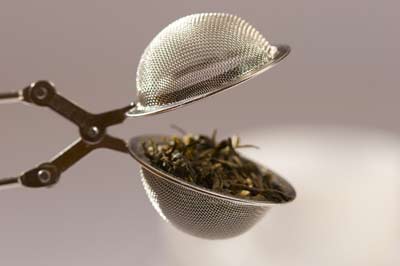The tea bush is a subspecies of Camellia trees. It has yellow-white flowers and small fruits, with extremely strong shells, like hazelnuts. The leaves are constantly green, slightly toothed.
For those who want to know a little more: there are two main subspecies of the plant Camellia – Thea Sinensis (Chinese species) and Thea Asamica (Indian species). By crossing these two basic types of the Camellia plant, all tea cultures around the world were created.
There are three basic types of tea which are determined by the degree of fermentation (boiling):
Unfermented – green teas
Semi-fermented – oolong teas
Fermented – black teas
Unfermented green teas also include extremely healthy white and yellow teas as a subgroup.
When to drink tea?
Drink it daily because:
– in the morning – because it wakes up, refreshes the spirit and thoughts, supports creativity and stimulates the will (black, oolong, green, …)
– afternoon – relaxes, restores and cleanses the body, facilitates digestion, especially of hard-to-digest foods, restores water to the body and, in general, hangs out with tea and casually chats (green, yellow, fruity, imaginative herbal mixtures, …)
– in the evening – relaxes after a busy day, soothes, puts you to sleep, gives a feeling of peace and contentment, facilitates digestion and ensures a better and more peaceful sleep (white, herbal or fruit mixtures, …)
– in winter – warms, relaxes, fills long evenings, stimulates the will, gives energy (black, green, yellow, fruity, …)
– in summer – refreshes, reduces sweating, provides the body with sufficient amounts of water, vitamins and other microelements, cleanses the body of toxins, boosts energy, restores the will, … (rooibos, oolong, yellow, fruity, herbal).
Tea preparation
Tea is obtained by soaking the tea bush in water. It is usually prepared by first boiling water and pouring dried tea tree leaves over it: usually 1 teaspoon per 2-3 dcl of water. Cover the cup or other container and let it stand for approx. 2-5 minutes, depending on the type of tea. Then it is filtered.
It is important to emphasize that the water temperature varies depending on the type of tea, so for green, white and yellow teas the water temperature can be between 70-80°C. How do you know that the water is at a temperature of 70 to 80°C? After boiling, the water is left to cool for about 5 minutes to reach the specified temperature.
Other teas are poured with water at around 100°C. How do you know that the water is at a temperature of around 100°C? When the water boils, i.e. becomes almost boiling, the stated temperature of 100°C is reached.
Also, the time we steep the tea in water can vary from 1 minute (green rarities such as Japanese Gyokuro, Chinese Tai Ping Houn Kui, etc.), up to 5 minutes (mainly black and rooibos).
Some teas must be drunk freshly prepared (white, yellow, green), and some can be left for 24 hours (rooibos, fruit). They bring optimal benefit when drinking 3-4 cups a day.
Teas are best (and healthiest) drunk unsweetened, but they can be sweetened with honey or with a little sugar (mostly fruit and herbal preparations).
100 grams of individual Tea Houses Split tea at available prices is enough for tea consumption for approximately 21 days/1L per day.

